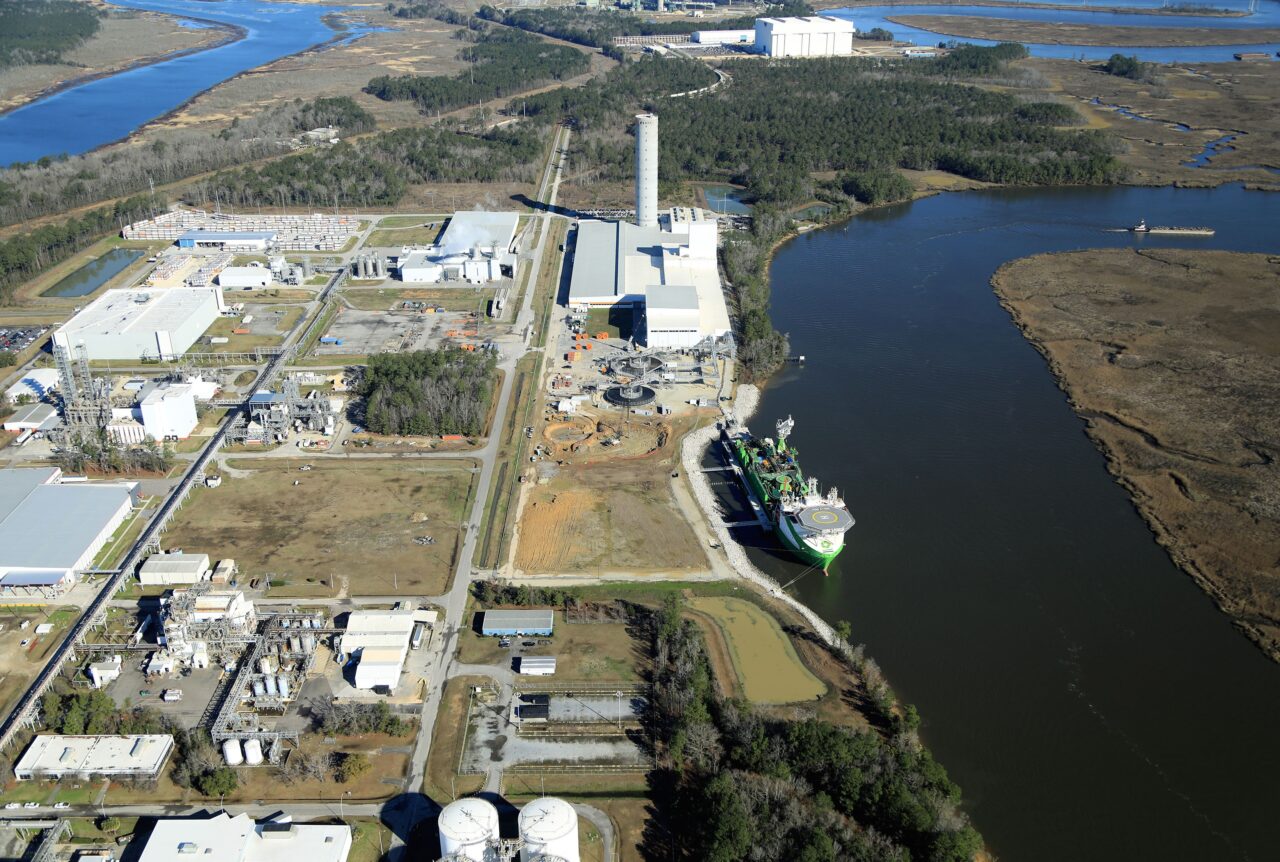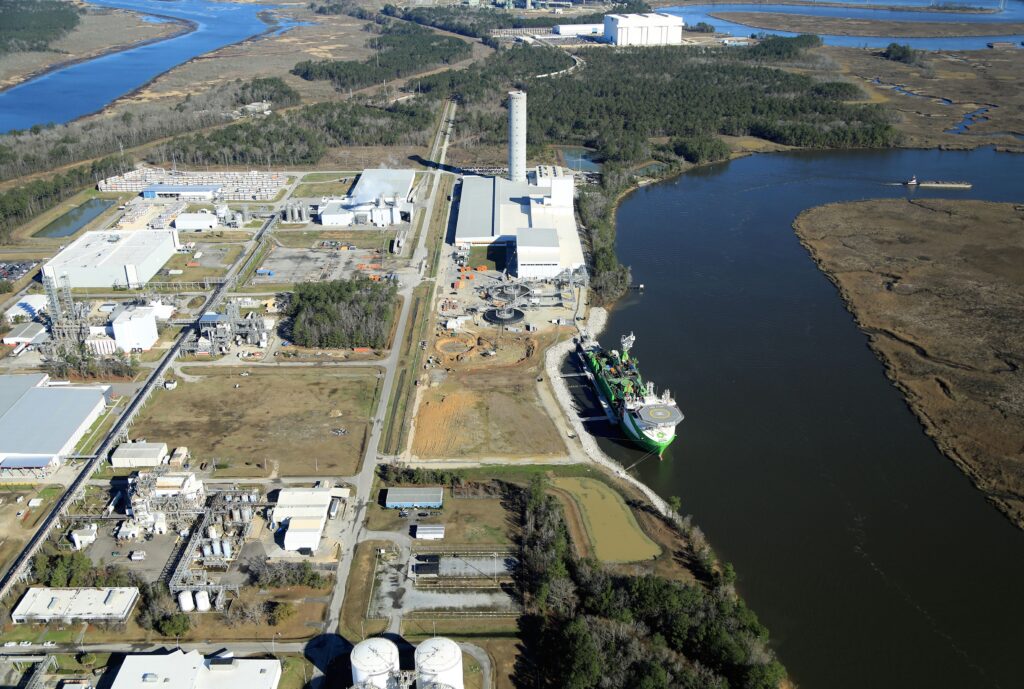Domestic Manufacturing of Export Cables Key for U.S. Offshore Wind Industry
Credit to Author: Contributed Content| Date: Wed, 31 May 2023 16:27:46 +0000

The demand for electricity generated from renewable sources is increasing rapidly as the world transitions to cleaner energy sources.
The Energy Information Administration earlier this year said about 21.5% of U.S. power generation comes from renewable resources, with wind accounting for about 10.2% of that total, followed by hydropower (6.2%) and solar (3.4%). Wind power, primarily from onshore wind farms in the U.S., continues to be one of the most effective utility-scale sources of clean energy.
COMMENTARY
But the U.S. also has significant potential for offshore wind energy generation, and it has set ambitious national goals of 30 GW of offshore wind in development by 2030 as a first step. While this target is achievable, it will require the construction of 20 or more offshore wind farms. Each of those wind farms will have to be connected over long stretches of ocean to the continental power grid by export cables, the high-voltage submarine cables that will transmit their clean power.
Currently, the U.S. imports most of its export cables from Europe, which has a long industrial history in submarine electric transmission. While European manufacturing facilities bring their unparalleled expertise and experience to provide high-quality submarine transmission cables, they are supporting, with their finite production capacities, a booming global market.
As the global demand for offshore wind energy grows, so does the need for high-voltage cables. Even after incorporating new industrial capacities already announced, this will place the export cable supply chain under even more stress than it is today. As uncommitted submarine cable capacities are being pushed further and further into the future by global demand, it will delay cable supply for U.S. offshore wind farms—and as a result, will affect when the wind farms will be able to enter into operation.
There is currently only one facility in the U.S. that can manufacture export cables, despite the number of projects along the East Coast that demand an increased supply. One reason is the high capital costs involved in building export cable manufacturing facilities. Such facilities require unconventional industrial buildings to house their custom-built, heavy equipment and machinery, require blue water access to load their cables on the cable-laying ships that will install them, and require a well-trained, stable, and highly skilled workforce that takes time to develop.
Suitable sites that meet all these criteria are not plentiful even along the Atlantic seaboard. Once a site has been located there will, in all probability, be a need for significant site preparation work to make the up to 40-acre site ready to accept the main construction work. These particular buildings will include an extrusion tower that can be 500-feet tall, and dedicated storage facilities for large quantities of cable (up to 10,000 tons) which are used both during the manufacturing process and for storage of the completed cables.

In addition, the wharf development can be very complex. Not only does the wharf need to be able to route the completed cable to the cable-laying vessel, but it must be able to accommodate the largest cable-laying vessels themselves. Because these vessels require deep water, it may be necessary to plan for and incorporate dredging in proximity to the wharf as well as along the vessel route. The facility requirements will need to be permitted through local, state, and federal processes, all of which have their own regulatory and environmental hurdles that must be addressed. Depending on the location, these permits can require years of work before any construction can start, and once it does begin, it could take up to three years to complete the site.
Another challenge is that the cost of equipment for such facilities has almost doubled over the past five years, which leads to significant price uncertainty. But once the facility is built, it can start producing cables—or so many assume. All submarine cable facilities have to produce initial cable runs for testing to prove, or qualify, that the facility is capable of producing the necessary standard of cable. The qualification process for high-voltage direct current, or HVDC, cables is approximately one year in duration, and each voltage level is subject to a separate qualification.
As with any industrial process, the availability of skilled workers is key to success. But training is only part of the answer. These facilities will not work at 100% efficiency from day one. They will need to ramp up production over time as the workforce becomes more proficient with the processes and quality procedures. These challenges, among others, are the deterrents to build cable manufacturing facilities in the U.S. despite the increasing need.
However, as the global offshore market continues to grow, there is ever-increasing demand for submarine cables. In Europe alone, the demand for more than 20,000 kilometers of submarine cable is already absorbing the manufacturers’ current and planned capacity. It will not be possible to rely on the single U.S. facility and the facilities in Europe to supply the amount of submarine cable or to meet the required delivery dates required. There are many advantages to investing in additional export facilities and establishing a domestic manufacturing base for high-voltage submarine cables:
- The U.S. would secure access to these critical components with a reliable, domestic supply chain in a market short of capacities. This would secure the growth of its own offshore wind industry, which will enhance America’s energy security.
- The ambitious timelines for the U.S. offshore energy market can be achieved.
- The operation of export cable plants creates stable, well-paid positions with good benefits. These facilities require a skilled workforce of engineers, technicians, factory workers, and support staff. High-voltage submarine cable facilities serve transmission needs worldwide and are far less dependent on the national or state policies of the regions in which they are located. They are flexible industrial assets that evolve as the transmission technology evolves. After the amount of effort it takes to bring them to market, it is good economics to keep them in operation for as long as possible.
- Local manufacturing would reduce the transport time between facility and site, allowing more efficiency in scheduling the work. Reduced transport distances will also result in lower emissions from the vessels helping to decarbonize our energy portfolio.
The U.S. offshore wind market represents a once-in-a-lifetime opportunity for the American economy. By harnessing the power of wind to produce clean, renewable energy, the U.S. can reduce its environmental impact, create new jobs, and spur economic growth. However, in order to fully realize its potential, the U.S. must address the current shortage of high-voltage submarine cable manufacturing facilities and build up its own supply chain. It is time for the U.S. to take the necessary steps to build a sustainable energy future, powered by American ingenuity and enterprise.
—Peter Kohnstam is sales director at Nexans, a company serving the power generation industry with a variety of electrical components and systems.
The post Domestic Manufacturing of Export Cables Key for U.S. Offshore Wind Industry appeared first on POWER Magazine.